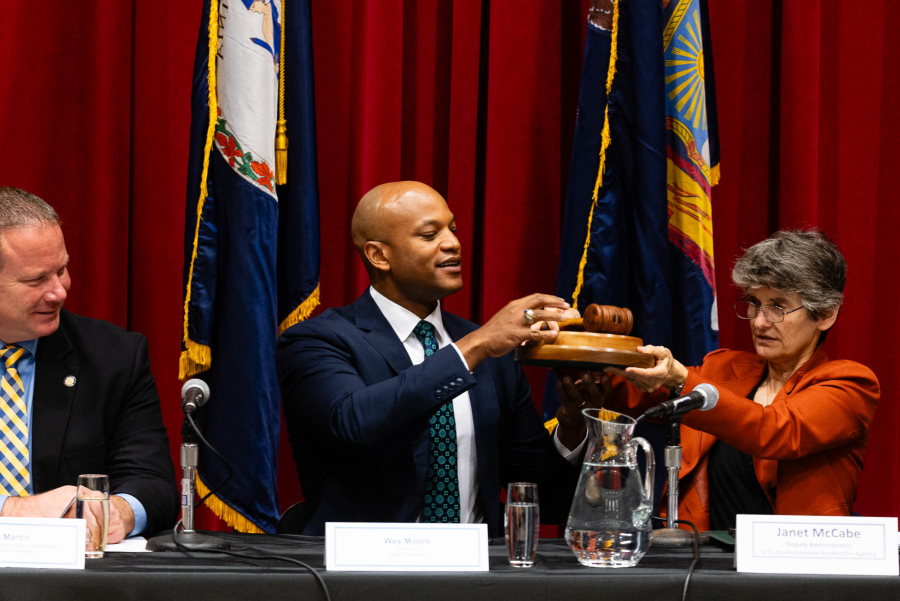Chesapeake Executive Council Celebrates 40 Years of Bay Partnership
Council elects Maryland Governor to guide Chesapeake Bay Program into the next phase of watershed restoration

Council elects Maryland Governor to guide Chesapeake Bay Program into the next phase of watershed restoration
